In order to perform Lumbar Spinal Endoscopy successfully and safely it is essential to master the Lumbar Intervertebral Foraminal Anatomy
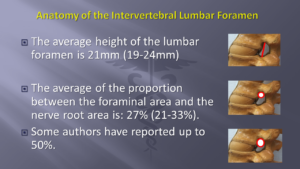



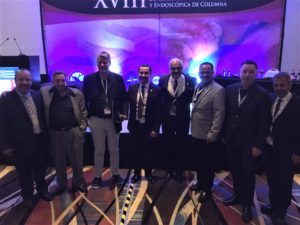




Acompáñenos en el Congreso Internacional de Cirugía Mínima Invasiva y Endoscopía de Columna a realizarse en León, Guanajuato, México del 4 al 7 de Diciembre, 2019. El Congreso contará con la presencia de Profesores Nacionales e Internacionales expertos en técnicas quirúrgicas de invasión mínima de la columna, incluyendo mis disertaciones sobre: “Abordaje Endoscópico a 90 Grados Para El Tratamiento de Hernias Centrales y Paracentrales” y “Abordaje Endoscópico Interlaminar para el Tratamiento de Hernias Discales Extruídas”. Se realizarán además cirugías demostrativas en vivo utilizando estas técnicas de avanzada.

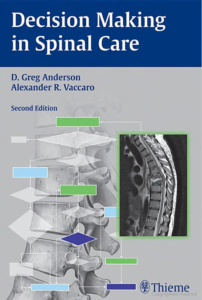 Dr. Luis Lombardi, an orthopedic surgeon specialist in non-traumatic spine surgery, has spent the last 18 years working to improve the minimally invasive techniques used in the spine. Dr. Lombardi added to his long list of peer-reviewed publications by authoring a chapter in the book Decision Making in Spinal Care, published in 2012. Dr. Luis Lombardi’s chapter is entitled Percutaneous Diskogenic Pain Treatment. Pain originated in the disc or discogenic pain is thought to be the most common cause of chronic back pain. While these condition used to be primarily treated with more invasive procedures, recent advances in spine surgery have made minimally invasive options available to some patients. In his chapter, Dr. Lombardi discusses the various surgical procedures that may be used to correct herniated discs in a manner that poses almost no risk to the patient. Herniated discs wherein the interior nucleus has not broken through the outer fibers of the disc can be treated with intradiscal (intranuclear and annular) procedures. If the nucleus has broken through the outer fibers and is in contact with the nerve root surrounding the disc, an extradiscal procedure is generally required. While extradiscal procedures are always visualized with an endoscope, intradiscal procedures may be nonvisualized. The chapter authored by Dr. Lombardi explores the following: – Nonvisualized Nuclear Procedures, including Chemonucleolysis and Percutaneous Automated Nucleotomy; – Nucleoplasty; – Annular Procedures, and – Visualized Endoscopic Intradiscal and Extradiscal Procedures.
Dr. Luis Lombardi, an orthopedic surgeon specialist in non-traumatic spine surgery, has spent the last 18 years working to improve the minimally invasive techniques used in the spine. Dr. Lombardi added to his long list of peer-reviewed publications by authoring a chapter in the book Decision Making in Spinal Care, published in 2012. Dr. Luis Lombardi’s chapter is entitled Percutaneous Diskogenic Pain Treatment. Pain originated in the disc or discogenic pain is thought to be the most common cause of chronic back pain. While these condition used to be primarily treated with more invasive procedures, recent advances in spine surgery have made minimally invasive options available to some patients. In his chapter, Dr. Lombardi discusses the various surgical procedures that may be used to correct herniated discs in a manner that poses almost no risk to the patient. Herniated discs wherein the interior nucleus has not broken through the outer fibers of the disc can be treated with intradiscal (intranuclear and annular) procedures. If the nucleus has broken through the outer fibers and is in contact with the nerve root surrounding the disc, an extradiscal procedure is generally required. While extradiscal procedures are always visualized with an endoscope, intradiscal procedures may be nonvisualized. The chapter authored by Dr. Lombardi explores the following: – Nonvisualized Nuclear Procedures, including Chemonucleolysis and Percutaneous Automated Nucleotomy; – Nucleoplasty; – Annular Procedures, and – Visualized Endoscopic Intradiscal and Extradiscal Procedures.

An orthopedic surgeon with more than 30 years of experience, Dr. Luis Lombardi dedicates his professional life to the development and improvement of spine surgical techniques that do not damage the normal structures. In a recent interview, Dr. Luis Lombardi stated “these non-traumatic procedures are performed in an outpatient setting, offer a shorter recovery times and require no anesthesia”. Even though these are small procedures that are extremely well tolerated by patients, you may want to take the following tips into account after any spine surgery. 1. Arrange for someone to transport you to and from the ambulatory center. 2. Make sure to attend all follow-up appointments with your orthopedic physician after the procedure. He can help monitor your recovery, address concerns and offer suggestions for recovery. 3. The success of any surgical procedure partly depends on the patient’s cooperation with pre and post-surgery instructions. Post-procedure management is important, so make sure to closely follow all instructions given to you by the surgeon. 4. Your orthopedic surgeon may advise you to avoid excessive bending and heavy lifting within the first few days after your procedure.
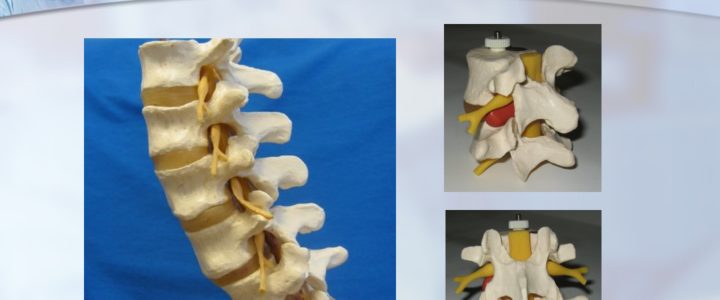
Since 2000, Dr. Luis Lombardi has served as a privately practicing non-traumatic spine surgeon in Los Angeles, California. Dr. Luis Lombardi draws on a comprehensive knowledge of both normal and abnormal vertebral anatomy. The human spine is made up of 33 interlocking vertebrae, 24 of which are independently mobile. Each of these vertebrae consists of a cylindrical solid structure known as the vertebral body, which can withstand body weight and bears compression generated from pressure and movement. On the interior side of this structure lies the vertebral arch, which together with the vertebral body makes a circle around the spinal canal. The vertebral arch connects to a series of bony processes, to which the skeletal muscles connect. In between each pair of vertebrae lies the intervertebral disc. The disc consists of a shock-absorbing nucleus, which is contained within a harder protective annulus. The exterior third of the annulus contains pain-sensitive nerve fibers that activate in instances of disc damage. The primary nerves in the spine, however, pass down the spine behind the vertebrae and discs. Located close to the interior edge of the disc, the nerves branch out to become nerve roots, which come together to become the larger nerves of the legs

As a non-traumatic spine surgeon, Dr. Luis Lombardi employs a minimally invasive approach that targets the cause of a patient’s pain without unnecessary damage to surrounding structures. Dr. Luis Lombardi applies this treatment methodology to a range of spinal conditions, including sciatica. The term sciatica refers not to a diagnosable medical condition, but rather to a set of symptoms that indicate an underlying issue. Such symptoms typically stem from an irritation or compression of the sciatic nerve in the lower back. This often occurs when an intervertebral disc in the lower spine becomes worn and herniates. This causes the soft core of the disc to leak out through its protective coating and encroach on the surrounding nerves, including the sciatic nerve. The sciatic nerve, the longest in the human body, begins in the lower back and then splits into two. Each branch runs through a buttock, hip, leg, and feet. For this reason, when the sciatic nerve becomes compressed, patients experience pain that begins in the back and radiates down part or all of the long nerve. Patients typically describe the pain not as an ache but as a sharp, burning, or tingling discomfort. It may co-present with weakness or numbness in the same leg and may cause difficulty walking, though the pain itself is often worse when sitting.
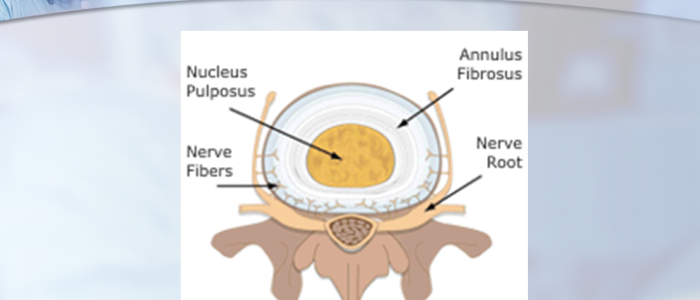
Since 2000, Dr. Luis Lombardi has served as a privately practicing non-traumatic spine surgeon in Los Angeles, California. Dr. Luis Lombardi draws on a comprehensive knowledge of both normal and abnormal vertebral anatomy.

Here are some basic spinal care tips:
– Sleeping posture is vital in spinal care. As much as possible, experts recommend sleeping on the back, though sleeping on the sides is also acceptable. However, sleeping on the stomach should be avoided as it imparts excess pressure on the spine. Using a supportive mattress and a pillow that aligns the neck properly are also important to providing complete rest to the spine while sleeping.
– Wearing the right pair of shoes can help support the back as well. Shoes that fit perfectly, that check pronation or supination (or roll) of the foot and provide a platform that helps to align the spine and the body are recommended.
– Spinal care also means paying attention to problems like back pain, hip pain, or weaknesses in the spine. Experiencing these issues once in a while is common, but they also could be symptoms of serious spinal problems. It is not a good idea to self-medicate to relieve these symptoms or over stress the body by doing physical activities like a workout. It is better to consult a medical professional to treat the symptoms over time.